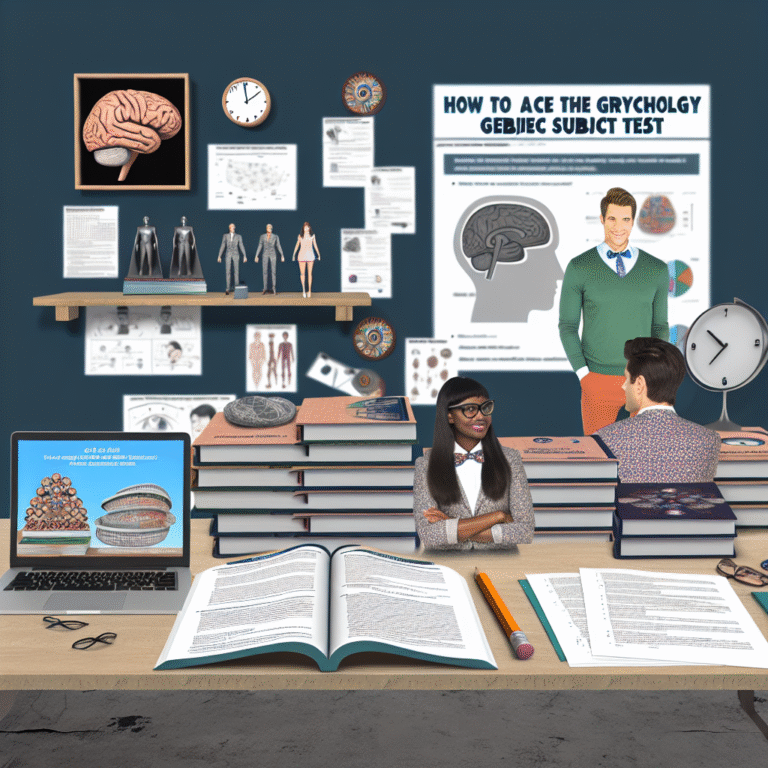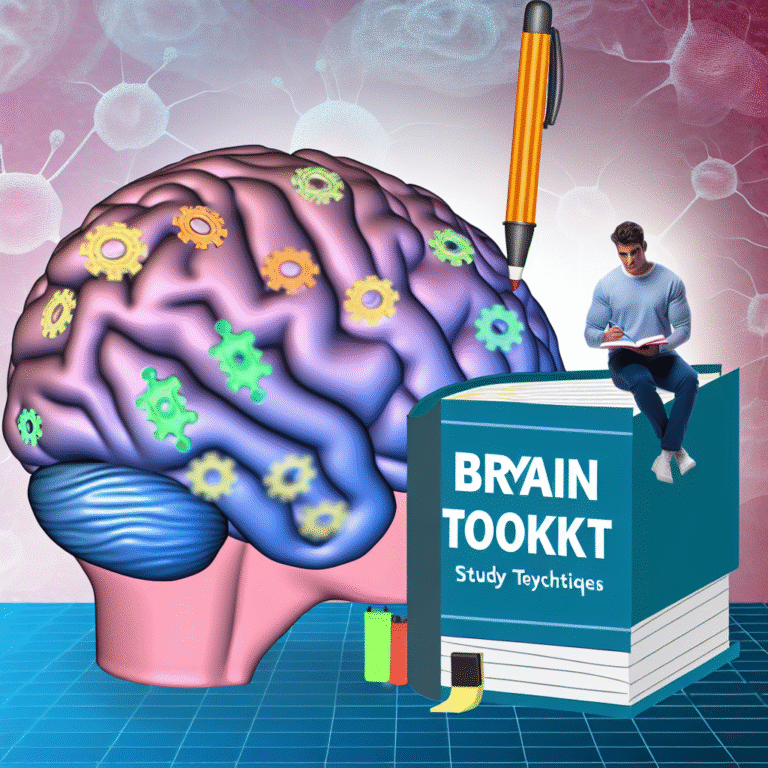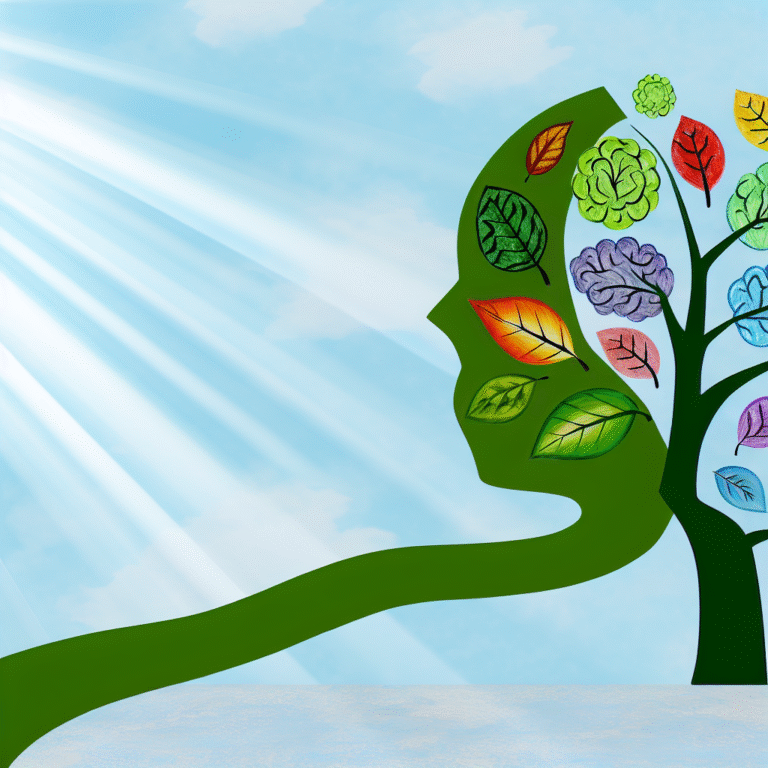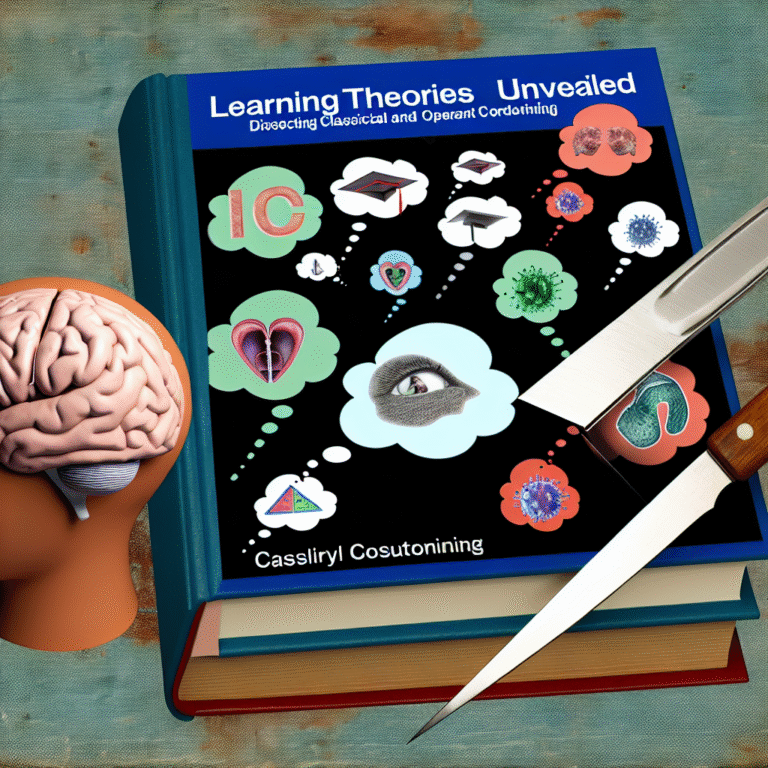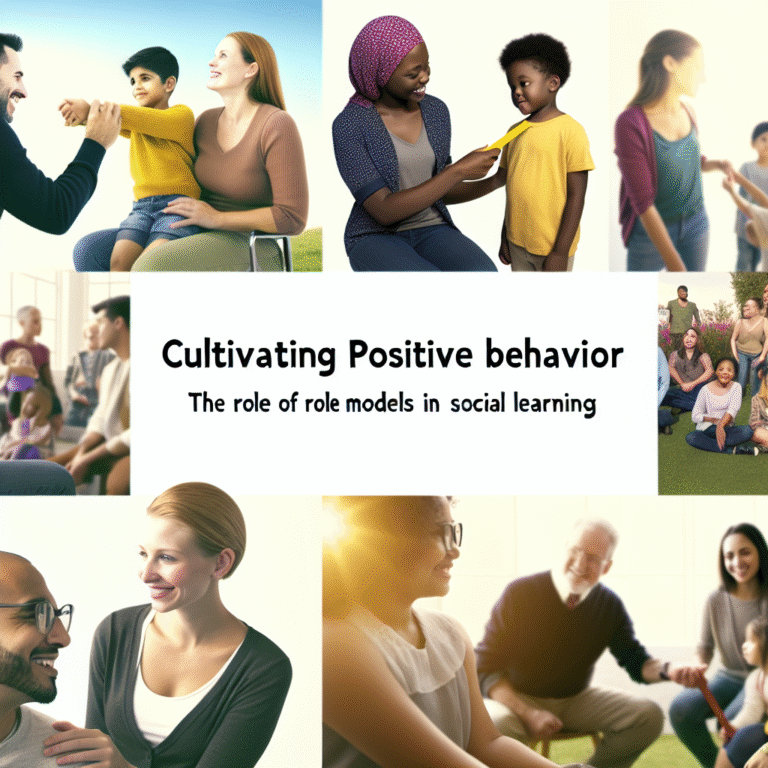
Unlocking Human Motivation: Understanding Maslow’s Five Levels of Needs
In a fast-paced world filled with competing priorities, understanding what drives human behavior is essential. Unlocking Human Motivation: Understanding Maslow’s Five Levels of Needs provides a framework that bridges the gap between basic survival instincts and the pursuit of personal fulfillment. This model, established by psychologist Abraham Maslow in 1943, outlines a hierarchy of needs that motivates human actions. Feasibly, it serves as a roadmap for individuals seeking to enhance their personal lives, as well as leaders striving to engage their teams effectively. Let’s dive deeper into each of these five levels and explore how they interconnect to form a foundation for motivation.
The Importance of Maslow’s Hierarchy
At its core, Unlocking Human Motivation: Understanding Maslow’s Five Levels of Needs reveals that our actions are driven by a series of hierarchically structured needs. From the most basic physiological requirements to the lofty aspirations of self-actualization, this theory underscores that while we may yearn for achievement and fulfillment, we first need to consolidate our more fundamental needs.
Maslow’s hierarchy is typically depicted as a pyramid with five levels, arranged in ascending order:
- Physiological Needs
- Safety Needs
- Love and Belongingness Needs
- Esteem Needs
- Self-Actualization Needs
This structure not only helps us understand individual motivation but also guides organizations in fostering a productive work environment.
Level 1: Physiological Needs
Overview
The first level of Maslow’s hierarchy consists of physiological needs, which are biological requirements for human survival. These include air, water, food, shelter, sleep, and clothing.
Real-World Application
Consider a restaurant located in a low-income neighborhood which took a consumer-centered approach. By providing affordable meals to the community, the restaurant not only met customers’ physiological needs but also established a loyal base. In this case, the restaurant owner understood that by addressing basic needs, they could cultivate lasting relationships that benefit their business.
Analysis
This case illustrates that to succeed, businesses must first understand the foundational needs of their consumers. Only when these needs are adequately addressed can deeper relationships and subsequently higher levels of motivations, such as belongingness and esteem, flourish.
Level 2: Safety Needs
Overview
Once physiological needs are met, individuals turn their attention to safety needs. These encompass physical safety, health, financial security, and protection from harm.
Case Study: Tech Startups
In Silicon Valley, many tech startups focus on providing a safe workplace environment. For instance, companies like Google and Facebook offer health insurance and wellness programs, contributing to a sense of security among employees.
Analysis
By prioritizing safety needs, these companies not only create a stable work environment but also enhance employee satisfaction and loyalty. This strategic focus illustrates the importance of safety as a stepping stone to employee engagement and productivity.
Level 3: Love and Belongingness Needs
Overview
The third tier of Maslow’s hierarchy reflects our social needs. Humans are inherently social creatures, longing for connections, relationships, and acceptance. Friends, family, and romantic partnerships are instrumental in fulfilling these needs.
Case Study: Social Media Networks
Platforms like Facebook and Instagram provide avenues for users to connect, communicate, and share. These networks not only satisfy the longing for belongingness but also foster relationships that span the globe.
Analysis
This example highlights that fulfilling love and belongingness needs can lead to sustained engagement and loyalty. When individuals feel connected, they are likely to contribute positively to their communities and institutions.
Level 4: Esteem Needs
Overview
Following the fulfillment of social needs, esteem needs emerge. These needs relate to our self-esteem and the esteem we receive from others. They encompass feelings of accomplishment, recognition, and respect from peers.
Case Study: Professional Recognition Programs
Consider organizations that implement employee recognition programs. For example, a sales company that acknowledges top performers quarterly motivates employees to strive for excellence, directly addressing their esteem needs.
| Recognition Program | Key Features | Benefits |
|---|---|---|
| Quarterly Awards | Employee of the Month | Boosts morale and fosters competition |
| Peer Recognition | Shoutouts during meetings | Encourages collaboration and respect |
| Annual Awards Ceremony | Formal event for accolades | Creates a company culture of appreciation |
Analysis
Organizations that recognize and celebrate accomplishments foster an environment where employees feel valued. This strategy not only motivates individuals but also promotes overall organizational success.
Level 5: Self-Actualization Needs
Overview
The pinnacle of Maslow’s hierarchy is self-actualization, where individuals seek personal growth, peak experiences, and the realization of their potential.
Case Study: Creative Professionals
In the arts and creative sectors, self-actualization is a fundamental driver. For example, a writer may strive to publish a book and express their unique voice to the world, fully realizing their capabilities.
Analysis
This pursuit of self-actualization highlights the importance of offering opportunities for professional development. Companies that encourage growth opportunities—such as training programs and innovation labs—cultivate a culture where employees can thrive.
Conclusion: Bridging Needs to Motivation
Understanding Unlocking Human Motivation: Understanding Maslow’s Five Levels of Needs equips us with invaluable insights into human behavior. This model not only provides clarity on individual motivations but also facilitates effective engagement strategies in organizations.
By addressing each level of Maslow’s hierarchy—starting from the fundamental physiological needs to the pinnacle of self-actualization—we can create environments where individuals thrive. When organizations understand and actively manage the different levels of needs, they cultivate a motivated workforce that contributes meaningfully to the organizational vision.
Motivational Takeaway
As we strive for personal growth and foster collaboration in our communities, let’s ensure we remain mindful of these foundational principles. We can inspire not just ourselves but those around us by recognizing the significance of each need in the motivational landscape.
FAQs
1. What are the five levels of Maslow’s hierarchy of needs?
Maslow’s five levels are physiological, safety, love and belongingness, esteem, and self-actualization.
2. How does understanding these levels help in personal development?
Understanding these levels helps prioritize your needs and fosters personal growth by aiming high while ensuring foundational needs are secured.
3. How can organizations utilize Maslow’s hierarchy?
Organizations can create supportive environments by addressing employees’ physiological and safety needs while promoting team bonding and recognition.
4. What happens if levels in the hierarchy are not met?
If foundational needs are unaddressed, individuals may struggle with motivation and overall satisfaction, potentially leading to disengagement.
5. Can self-actualization be pursued without fulfilling lower-level needs?
While possible, pursuing self-actualization without adequately fulfilling lower needs can lead to stress and a feeling of incompleteness.
Through Unlocking Human Motivation: Understanding Maslow’s Five Levels of Needs, we gain a structure not only for personal reflection but also for enhancing organizational culture. Embrace these principles, and you’ll find that motivation—and engagement—naturally follow.



